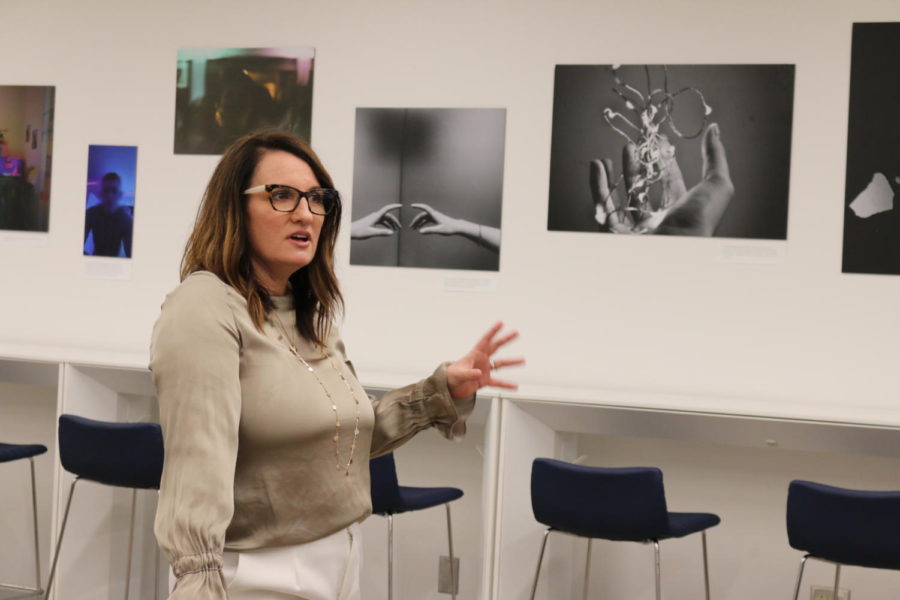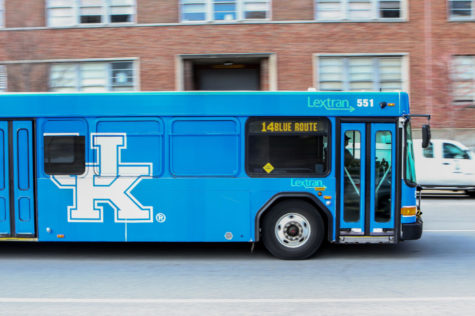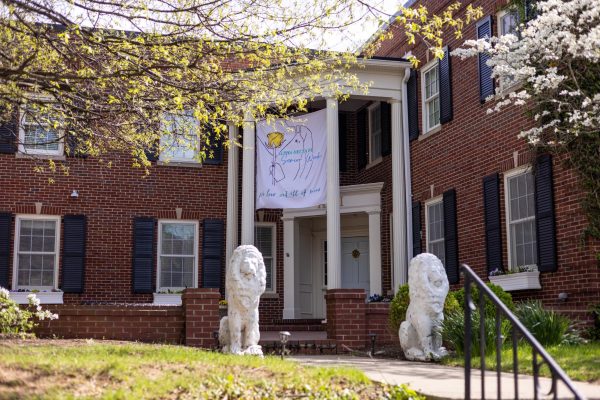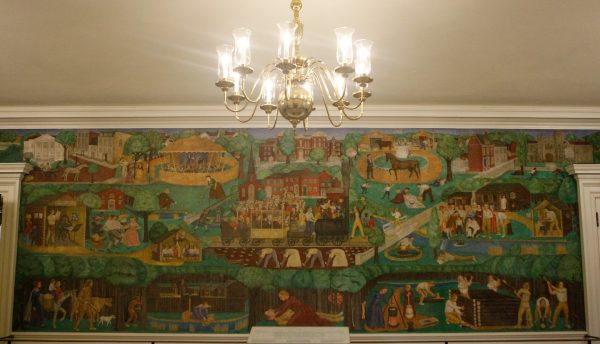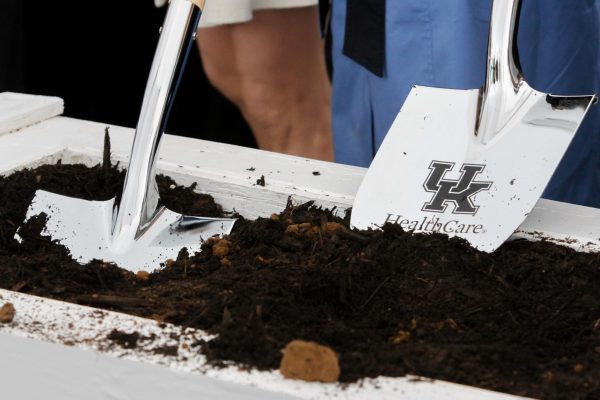Alzheimer’s and Dementia Photo Voice Research study strikes a chord with students
The Alzheimer’s and Dementia Photo Voice exhibit is displayed on the third floor of Lucille Little Library. Photo by Haley Simpkins.
April 25, 2023
With student research from CI SONA, the Alzheimer’s and Dementia Photo Voice exhibit has been on display since their opening reception on April 4, and will remain until May 5.
The Alzheimer’s and Dementia Photo Voice exhibit is filled with photos and captions from UK Communication and Information students who participated in a CI SONA research study pertaining to Alzheimer’s disease and Dementia.
According to the College of Communication and Information’s website, CI SONA is communication research required in certain classes and provides students with a broad and comprehensive education.
The exhibit is located on the third floor of the Lucille Little Library. It has a wall dedicated to the selected photos from the study, which showcase the strongest emotions of victims of the disease and the effects it has on their loved ones.
Elizabeth Spencer, an assistant professor in integrated strategic communications, recruited two of her students, Ashley Fisher and Kennedi Beam for the study.
Fisher said they had approximately 700 total responses, and each participant was allowed to submit up to three photos. They required a photo and caption response, but the photos were not allowed to contain faces or visible people because they wanted to take a more ontographical approach.
In total, they received over 1,600 images and sifted through them all to find the best and most emotionally connected to the topic.
“The dean (Jennifer Greer) basically said that she wants to continue to use this wall … to rotate these photos out for other, either like photovoice research that is done with the College of Communication, or just other art and like work by students,” Fisher said.
Fisher and Beam are seniors majoring in integrated strategic communications and took a quick interest in this particular study because of the relevance and importance it holds in their lives.
Both Fisher and Beam have had family members with diseases, which made them interested in the study.
Beam said when they started the study about a year ago her grandfather had been recently diagnosed with dementia, and she experienced how relationships with family members could change because of this disease.
She said it was something that really struck her, and she felt called to do it because of her connection with it.
“Me and my grandfather’s relationship changed a lot when he started losing his memory,” Beam said. “It was hard for me to understand his thought process and what he was going through, so I thought that this would be an interesting way for me to explore more of that.”
Beam said she felt as if she could connect with participants on a deeper level, and her experiences allowed her to better understand the motivation behind all of the photos.
Fisher also had a strong interest in the study because of the impact disease has had on her and her family growing up.
“My mom has had cancer since I was six, my stepdad has had cancer since I was fourteen, and my grandma has had cancer since I was sixteen, so I’ve been like a caretaker my whole life,” Fisher said.
She said when Spencer told her the study would highlight the perspective of a caretaker, it immediately sparked her interest because most of her high school and college years were spent in that position.
Fisher said that while she hasn’t had to experience a family member with Alzheimer’s or dementia, she still comes from a family where she has had to be a caretaker.
She said she originally came to UK because she wanted to be on the pre-medical track and had a love for research. She has since switched her major, but said she still gets to be involved in something she loves and has much interest in.
Fisher said it was so cool to see how analytical research can become so visual. She said it also opens doors to different possibilities of research.
Beam said it was trickier than she thought, but she would definitely do it again.
“I wish I could continue my work further, but since I’m graduating, I feel like it’s time to pass it on to someone else,” Beam said.









































































































































